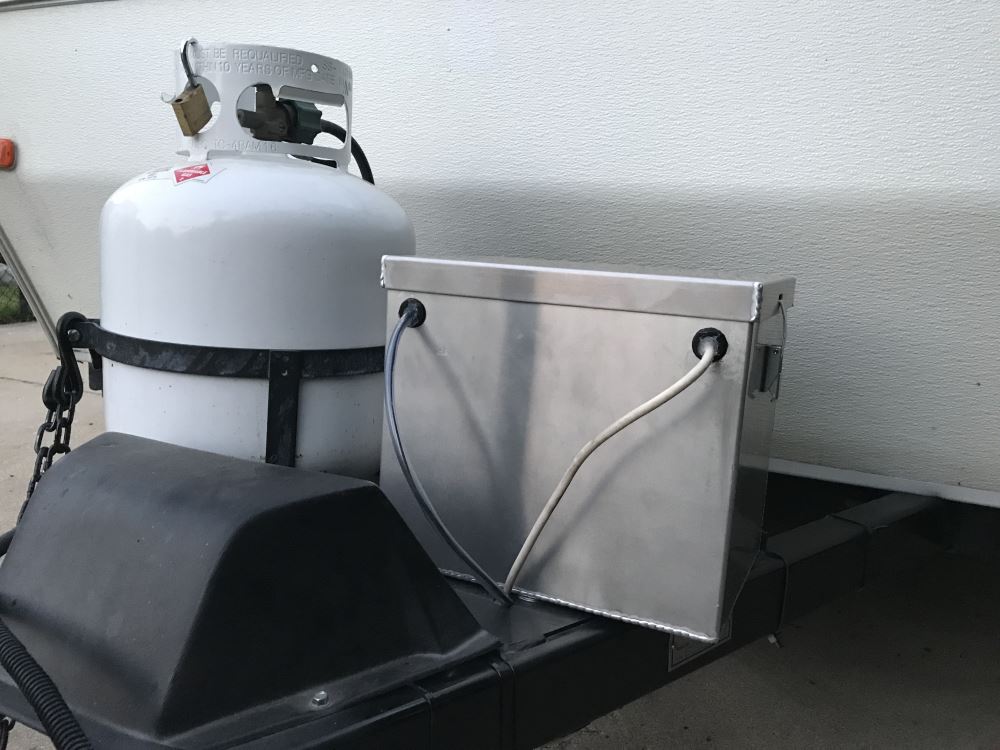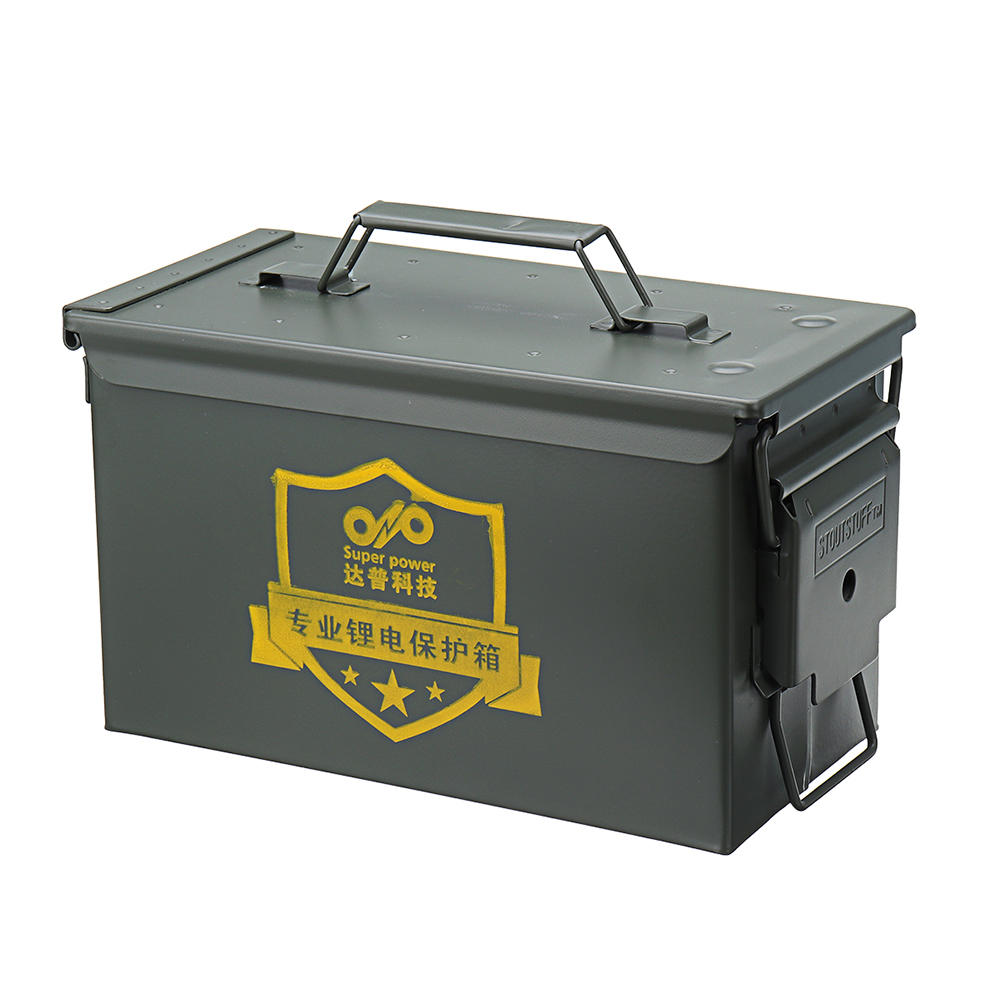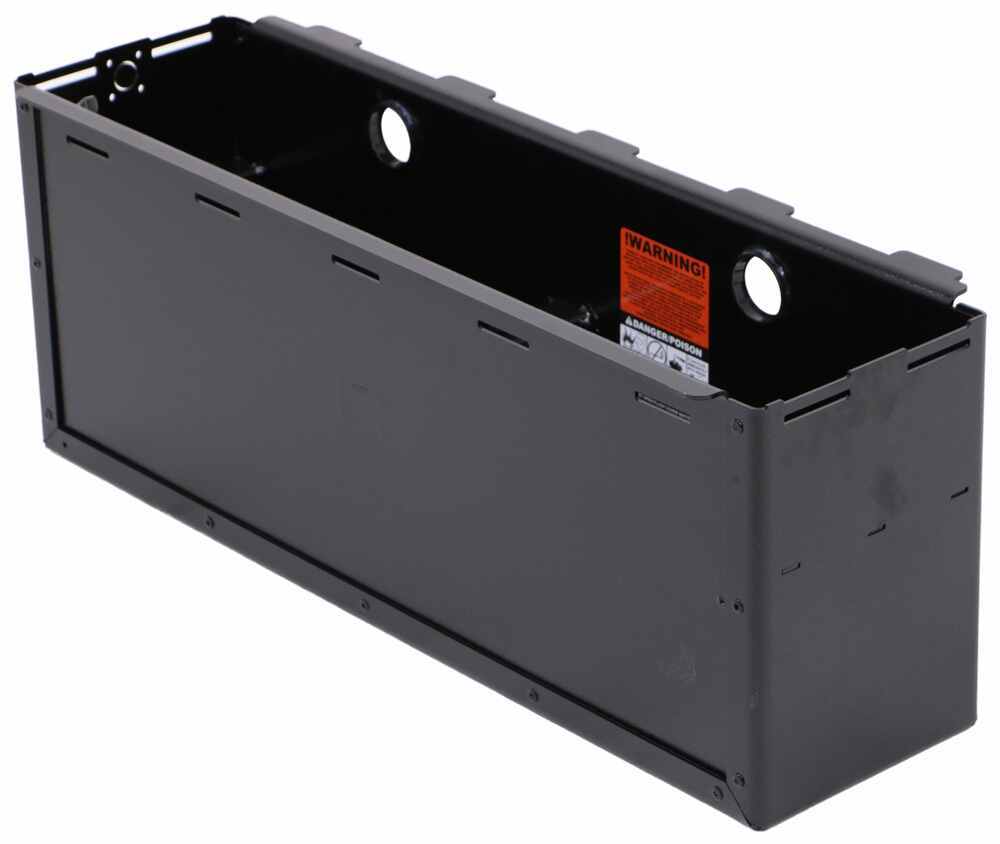

Lithium ion battery during discharge from 3.0 V to 2.4 V, the energy released only accounted for about 3% of battery capacity. Therefore, it is best not to stop when the battery discharge to 2.4 V. And because the battery self-discharge, place the longer, lower voltage. When the battery voltage is lower than 2.4 V, some materials will start to be destroyed. Lithium battery discharge have voltage limit. The ideal maximum charging voltage of 4.2 V. In to lithium ion batteries, therefore, must set the upper limit of voltage, so that both the life of the battery, capacity and security.

This is because in the process of overcharge, electrolyte and generate gas and other material will burst, causing the battery case or inflation pressure valve is broken, and let the oxygen to and react with lithium atoms on the surface of the accumulation in the cathode. Sometimes the battery in the event of a short circuit before it exploded. These lithium metal crystal will through the isolation of paper, that is negative short circuit. These lithium atoms from the cathode surface in the direction of the lithium ion dendrite growth.
METAL BATTERY BOX FULL
If continue to charge, as a result of the cathode of lithium battery is full of atoms, and the subsequent lithium will accumulate on the surface of the cathode materials. At this time, the battery tends to collapse, causing the battery capacity decline. When lithium batteries, battery voltage is higher than 4.2 V, the rest of the anode material of lithium atom number less than half. The higher the charging voltage, the higher the risk. Lithium battery after batteries charged to 4.2 V voltage, will start to appear a sideline. For metal jacket waterproof level requirements, the cost will be affected by a lot, if you need any special materials (such as titanium alloy, etc.) of the metal case, the cost will be higher.

If large quantities, also suggested that open mould. This is very important, because the sample preparation time is short.

In front of the product or quantity demand is not big, the proposal USES sheet metal sample preparation. If there is no finalize the design product in the early stage of development, prototype case can be used for proofing (prototype) strength than the strength of the material after open mold molding), as well as the requirement to the prototype of case materials and technology (especially the three prevention requirements) is different, also affect the cost. It is important that different lithium ion battery pack after molding, case may need to be involved in the molding. Lightweight and security, and the resulting performance advantage, make the lithium ion battery has become the mainstream in the case, aluminum case and aluminum case lithium-ion batteries is to high hardness, lightweight technology development, which will provide aluminum case lithium-ion batteries with excellent technical sales of lithium ion battery products. Aluminum case itself is because the metal case, so I need insulation Plastic case itself has insulation performance, end cover is easy to carry, more convenient packaging, but its energy density is lower than the aluminum case.īecause the aluminum case lithium-ion batteries has the relative advantage, aluminum case lithium ion battery is the mainstream of the current liquid lithium ion battery used in almost all areas of the lithium ion battery related. Aluminum case lithium ion battery energy density is higher than plastic case.


 0 kommentar(er)
0 kommentar(er)
